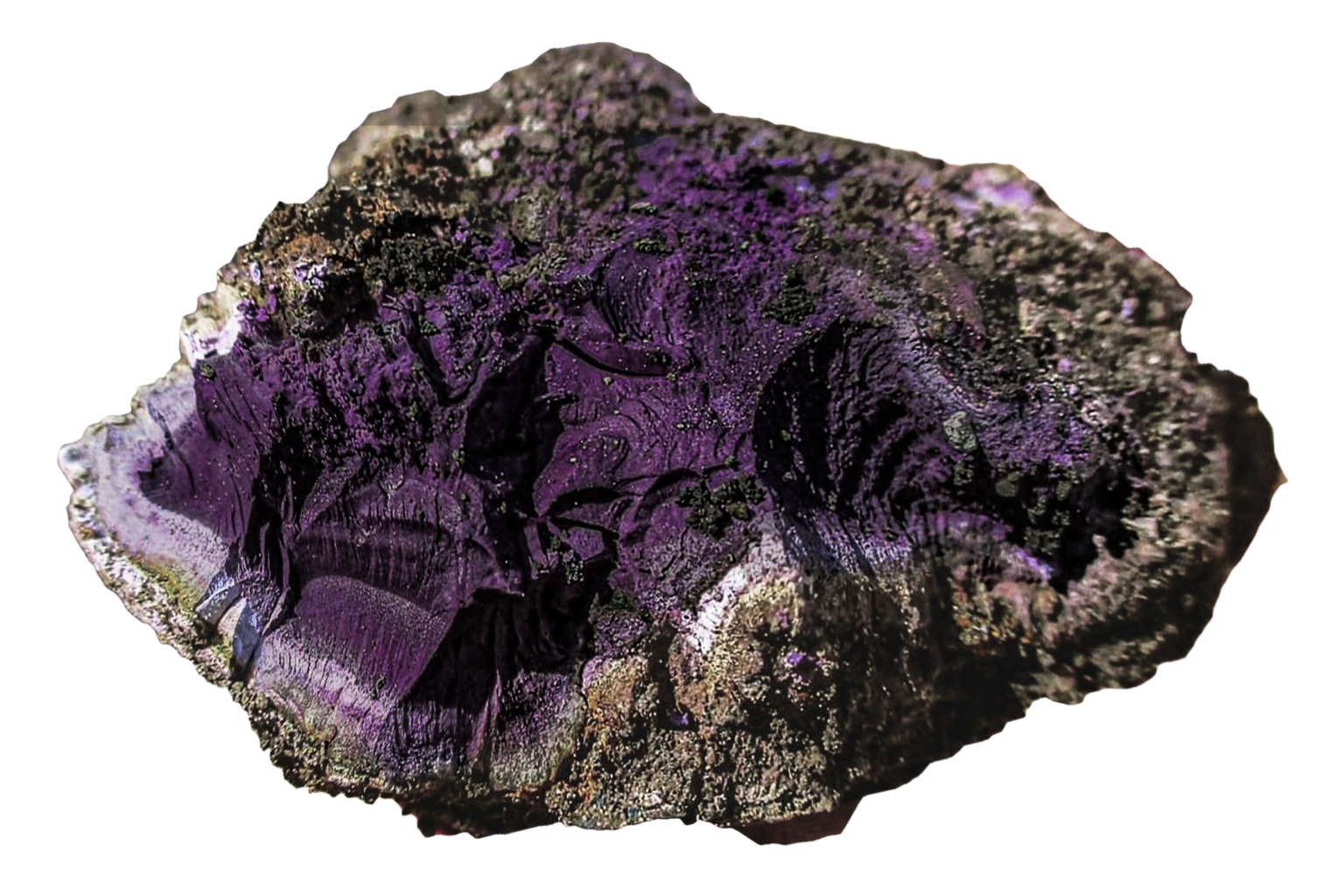A rare Roman-era object made from Tyrian purple, a highly valued pigment, has been discovered at an archaeological site in the United Kingdom. The item was found during excavations at a Roman bathhouse in Carlisle, northern England, and testing revealed it contained beeswax and bromine, indicating it is a solid sample of Tyrian purple. Tyrian purple was produced from predatory sea snails found in the Mediterranean and was extremely difficult to make, with up to 12,000 snails needed to produce just 1 gram of dye.
During Roman times, Tyrian purple was worth more than gold and was reserved for the upper classes. Finding a solid sample of the pigment, as seen in Carlisle, is extremely rare. Tyrian purple is thought to have been first manufactured by the Phoenicians in the 2nd millennium B.C. in the city of Tyre, modern-day Lebanon. The sample from Carlisle was likely used for painting frescoes in public buildings, elite homes, and possibly to dye clothes.
Excavations at the Roman bathhouse site in Carlisle have uncovered over 2,800 significant finds, including coins, gemstones, and monumental stone heads. The discovery of the Tyrian purple sample adds to the fascinating and globally significant finds at the site. The site is located near Hadrian’s Wall, which marked the boundary between the Roman Empire and the unconquered territories to the north. The project is ongoing, with more digs planned to explore further.
The Tyrian purple sample found in Carlisle is unique in Northern Europe and may be the only example of a solid sample of the pigment in unused paint pigment form in the Roman Empire. The pigment was prized for its rarity and vivid color, which made it a symbol of wealth and status in the ancient world. The site of the Roman bathhouse offers valuable insights into the Roman presence in Britain and the cultural exchanges that took place during that time.
Tyrian purple was a highly sought-after color for millennia, and its production was a closely guarded secret by the ancient civilizations that manufactured it. The discovery of the solid sample at the Carlisle site sheds light on the use of the pigment in Roman Britain and the elaborate processes involved in creating it. The archaeological project continues to uncover new information about Roman life in Britain and the significance of the Roman bathhouse within the community.
The partnership between Cumberland Council and Wardell Armstrong, the consultancy company involved in the excavations, has yielded a wealth of valuable finds at the Roman bathhouse site. The discoveries, including the Tyrian purple sample, highlight the importance of preserving and exploring archaeological sites to gain a better understanding of ancient civilizations and their cultural practices. The ongoing excavations in Carlisle offer a unique opportunity to uncover more secrets of the Roman era in Britain and contribute to the broader knowledge of the history of the region.








